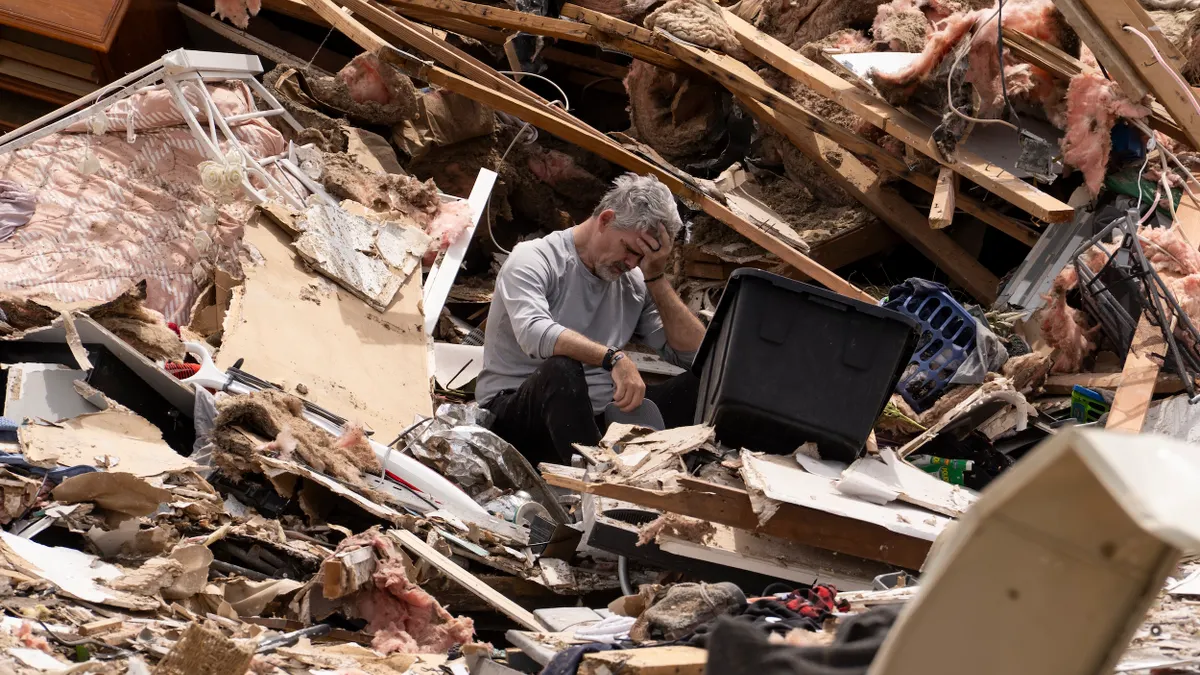This summer’s hurricane season was bigger, stronger, rainier and more devastating than anticipated, despite cities' advance planning. And as many cities put hurricane season behind them, other unpredictable weather may soon creating logistical challenges for municipal workers.
With frigid temperatures right around the corner, many city leaders now are ready to put into action their winter storm plans.
Preparations start far before the first flake flies, with months of advance planning and budgeting. In Minneapolis — a city that receives an average of 50 inches of snow each winter — the public works department has an $11 million budget for snow and ice control. That varies slightly from year to year and is based on trends in historical expenditures. City employees examine statistics and calculate a trend line for the data, with the expectation of coming in slightly under budget 50% of the time and slightly over budget 50% of the time.
“It’s impossible to nail it with a weather-dependent thing. But if we come within a few hundred thousand dollars of what our expectation is, I think we’re doing pretty well,” said Mike Kennedy, Minneapolis director of transportation maintenance.
Comparatively, Baltimore gets an average of 20 inches of snow a year and has a snow removal budget of $6.55 million. Like many other cities, Baltimore has recently upgraded its snow and ice mitigation procedures and equipment, including replacing hundreds of trucks.
"The agency has replaced its snow fleet over the past four years — including trucks, front end loaders, etc.," said Adrienne Barnes, communications director for Baltimore City Department of Transportation, in an email. "A new salt dome and brine facility were constructed and used for the first time last winter. The salt dome has increased the city’s salt storage capacity, and our salt brine operations have proven successful in our snow removal efforts."
As cities begin to prioritize various modes of mobility, snow removal priorities are also changing. In Minneapolis, protected bike lanes are now plowed.
"We’ve passed a Complete Streets Policy that kind of turns the modal priorities on their heads, with pedestrians and bicycling a high priority and cars a lower priority," Kennedy said. With that evolution has come "an explosion in protected bike lanes. That brings a whole different set of procedures and equipment needs and practices ... and newly defined levels of service," he said.
Protected bike lanes prove more challenging and costly to plow than streets and traditional bike lanes. Instead of simply sending out plows to move snow, the bike lanes' buffered areas require an additional pass with smaller equipment. "That’s what makes it more expensive, specialty crews and specialty equipment that have to go down that street," Kennedy said. "They don't clean up quite as fast ... [and] we may have to go back repeated times to clean out the buffered areas."
Responding to public concerns
Sometimes cities tweak their snow policies after falling short on a storm response, such as what happened last winter in Portland, OR. The city was criticized for being unprepared during last winter's especially stormy and snowy season, brought on by La Niña. "We had a doozy of a winter last year," said Dylan Rivera, spokesperson for the Portland Bureau of Transportation. "For context, we often get one [snow] day a year downtown, which is at sea level, and last year we had schools closed for I think nine days."
During one storm that dropped a foot of snow, residents were upset over icy conditions on roads that had been plowed and were considered passable, but which had a layer of compacted ice and snow that lingered for days. Rivera said that happened because the city plows to about a half inch above the road surface, and a quick freeze prevented the typical melting of that compacted snow. The city government heard citizens' concerns and this year is getting the word out about its revamped winter storm policies and procedures. "It was a direct response to the public asking us to take additional steps to clear roads," Rivera said.
Part of the new plan is to use road salt, which the city previously had avoided because it was deemed too environmentally detrimental. But extensive testing this year prompted the change. "We monitored environmental conditions, water quality [and] vegetation... and were very impressed with the results," Rivera said. Therefore, the department has secured 300 tons of road salt for the 2017-2018 season and has the ability to procure more as necessary through a partnership with Washington state.
Portland has other partnerships in addition to the salt deal with Washington. The Bureau of Transportation has forged a partnership with the Portland Water Bureau to borrow personnel during snowstorms. It also has an agreement with the Seattle Department of Transportation which will allow access to Seattle's equipment and personnel during a severe snowstorm.
Accounting for climate change
Preparedness is difficult for weather events — which vary greatly in size, scope and intensity — and some weather experts believe climate change is increasing storms' unpredictability. The National Oceanic and Atmospheric Administration points to climate change as the cause of more frequent extreme snowstorms.
"We're waiting with bated breath to find out if this is an adjustment to a ... new normal."

Dylan Rivera
Spokesperson, Portland Bureau of Transportation
Although a number of municipalities report noticing extreme snowstorms, few leaders feel comfortable drawing definitive conclusions about climate change's influence. That also has few committing to climate change-related accommodations to their snow and ice control budgets.
"[Baltimore] has seen a variety of winter conditions over the years, including back to back blizzards in February of 2010, winters with little snow accumulation, icy winters and warmer winter conditions," Barnes said. "Our annual snow budget has remained relatively consistent each year."
Government officials in Portland similarly are cautious about considering last year's severe winter season the start of a trend.
"Climate change is something we take very seriously. We're waiting with bated breath to find out if this is an adjustment to a ... new normal. We're concerned it may be, but at this point it's hard to know if this is really a true shift or if a [tactical] adjustment is needed," Rivera said.
Looking back on 25 years of handling snow and ice control for the city of Minneapolis, "in the last five or six years we’ve seen bigger swings," Kennedy said. "What I see is greater extremes... but that can be just a blip on the radar." Consequently, the city has noticed greater swings in its snow and ice control budget, even though generally speaking it follows a consistent trend. "What we're seeing is really huge storms that cause a greater increase in costs, or warmer and less snowy winters that result in a larger reduction in cost," he said.
Even though municipalities might not be directly altering their snow mitigation budgets or strategies to account for climate change, many employees are carefully watching the trend.
"We might start to see shorter winters, I don’t know. What that might mean for us is more freezing rain events rather than a snow event... which is almost more difficult to deal with than snow," Kennedy said. "We might have to look at some different technologies and strategies to do that... but I think that kind of remains to be seen in a broader picture."


















